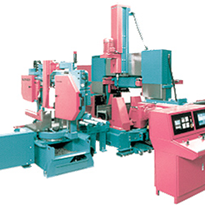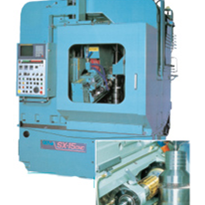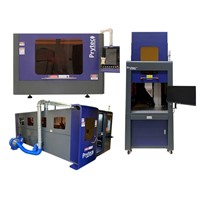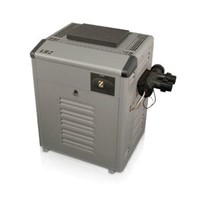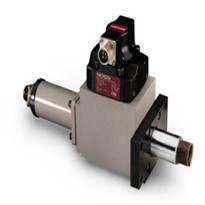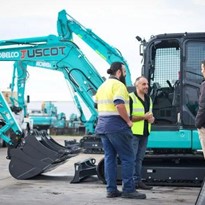If the alarm in your house becomes obsolete, you simply update it in line with the latest technology to keep you and your family safe. Unfortunately, this common-sense approach doesn’t always extend to industrial plants. Here Ian Loudon, international sales and marketing manager at legacy alarm replacement specialists, Omniflex, discusses how Uganda’s largest generator of electricity easily upgraded its safety-critical alarm systems without having to overhaul the entire site infrastructure.
To alert operators of an event threatening the safety of assets, people or the environment, industrial sites rely on alarm annunciators directly hard-wired into various processes. When an event is detected, the relevant window on the annunciator panel lights up and sounds throughout a site, notifying operators to act quickly.
For ESKOM Uganda’s hydroelectric plants in Jinja, this event could be a generator component failure which, if not caught immediately, could cause costly damage to plant assets.
But in a digital age, where we rely so heavily on computer-based programming, do we still need bulky, hard-wired annunciator panels?
Why alarm annunciators?
The honest answer is yes. It’s true that PC-based systems provide efficient monitoring and reporting across a range of communication points in an industrial setting. However, we often see companies overloading their systems with complex visualisations, making it difficult to identify and act on critical alarms when they arise.
Alarm annunciators are therefore critical for operators being able to identify and act on an event before any serious damage is caused. But what happens when the original annunciator manufacturer can no longer supply spare parts or support you when you need to upgrade your system?
Fit, form, function
The problem we now find is that many alarm annunciators used today were installed decades ago and do not meet the current IEC 61508 safety integrity levels (SIL-1). What’s more, former alarm system providers, like Rochester, Highland and Bristol Babcock, no longer exist to offer system support. This is why ESKOM enlisted Omniflex to replace its obsolete legacy Highland Rochester MPAS90 49-point system.
Retrofitting a new alarm system needn’t be costly or inconvenient for operators. Alarm annunciator specialists can consult on and manufacture a system that will be made to replace obsolete alarm systems from any manufacturer. This can be done by utilising the existing cabling to minimise disruption and installation costs.
In the case of Uganda’s hydroelectricity stations, the new Omni16R annunciator system was retrofitted into the existing panel space. The IEC standard 3U rack was factory engineered to match that of the legacy annunciator, so that it was bench-ready tested before installation on site. This allowed staff at the facility to make the retrofit without the need for specialist tools or engineers and the existing wiring were matched with the terminals of the new unit. The old 50Vdc powered energy-intensive incandescent lamp alarm displays were replaced with modern energy efficient high brightness LED technology.
The biggest challenge for any company looking to upgrade its alarm system is doing it without disrupting existing cabling. For ESKOM, it requested that all annunciators be wired to the existing 50V dc wetted field contacts. This was achieved using 16 channel isolated terminal boards, connected via ribbon cables to the rack. The team was able to engineer this off-site to help reduce installation time and disruption to plant productivity.
Future proofing your system
The process of retrofitting an alarm system to fit, form and function properly is relatively straight forward. But the importance of digitalising alarms mustn’t be understated.
As well as giving local visual and audible indications to notify operators of an abnormal occurrence, each annunciator can be connected as a Modbus slave device on an RS485 network. This means all alarms can be remotely monitored either on a DCS or a local SCADA system and can provide historical pre and post alarm data needed for auditing and fault diagnostic purposes.
As Uganda’s largest electricity generator, there’s a lot at stake for Jinja’s power plants. Simply retrofitting a modern system, with capacity for remote monitoring, leverages operator efficiency and improved alarm management, which all contributes to an efficient running plant with KPI monitoring.
To find out more about legacy alarm replacement, contact Omniflex.




